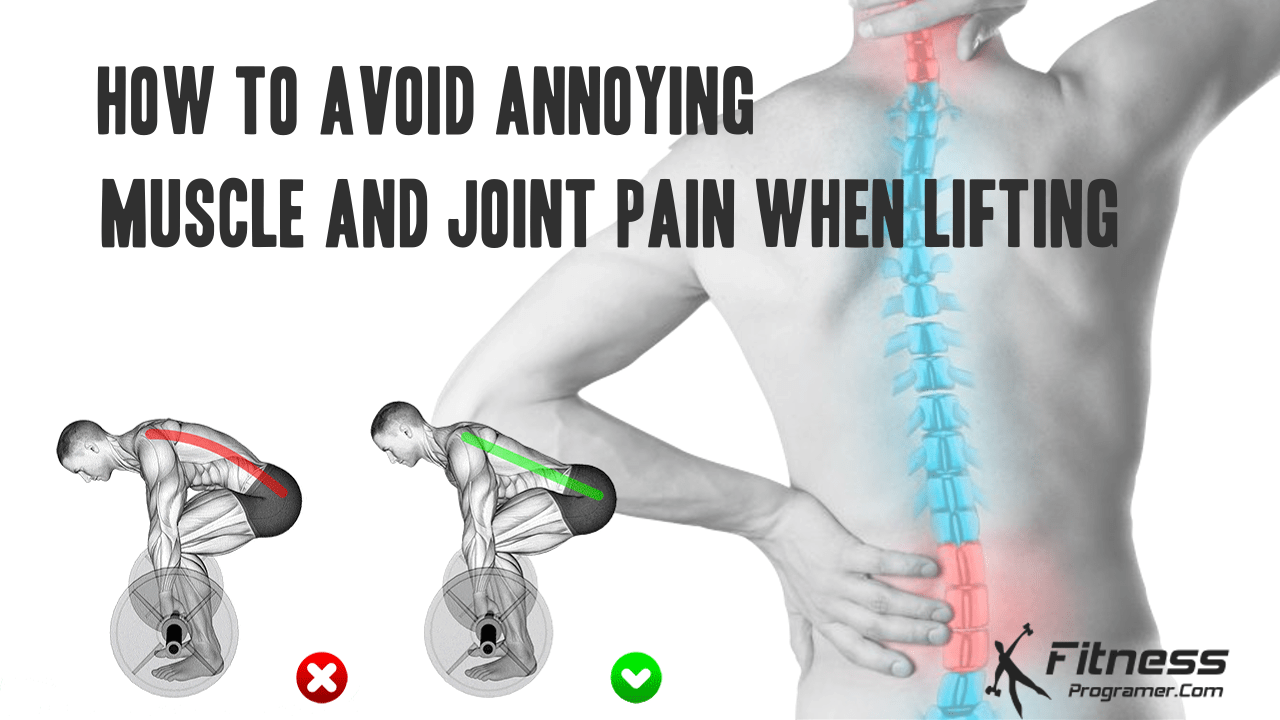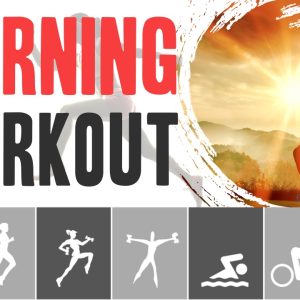Contents
Individuals who are interested in weightlifting and muscle building usually complain of muscle and joint pain. Walk into any gym and you are bound to hear at least one person talking about pain in the knee, shoulder, or elbow. While these joint pains are unavoidable, it is also true that they will reduce the efficiency of your muscle building training.
Reasons for Muscle and Joint Pains
Once you have a joint or muscle pain, it usually takes a while to be cured. However, what triggers these pains and aches could be something quite simple. For instance, forgetting to warm up before exercising is one of the main reasons of the ‘ooh’, ‘aahs’ and ‘ouches’ you hear during muscle building. Other reasons include:
- Using weights that are too heavy
- Not providing enough rest time to their body
- Using improper technique to lift weights
- Doing a work out for too long
- Lack of nutrients and vitamins in their body
- Dropping or lifting the weights too fast
Here are some tips to help you prevent muscle and joint pain:
1- Warm up:
Begin your lifting session with a proper warm-up routine. This can include dynamic stretches, light cardiovascular exercise, and mobility exercises to prepare your muscles and joints for the upcoming workout.
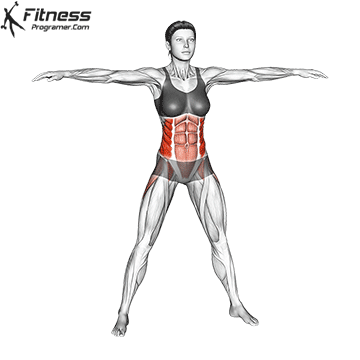
2- Use proper form:
Ensure you are using the correct form and technique for each exercise. Poor form can put unnecessary stress on your muscles and joints, leading to pain and potential injuries. If you’re unsure about proper form, consider working with a qualified trainer or coach.
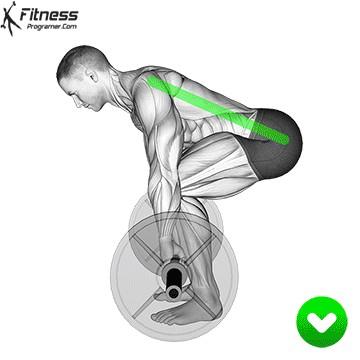
3- Start with lighter weights:
If you’re a beginner or returning to lifting after a break, it’s essential to start with lighter weights and gradually increase the load. This allows your muscles and joints to adapt and become stronger over time, reducing the risk of strain or injury.
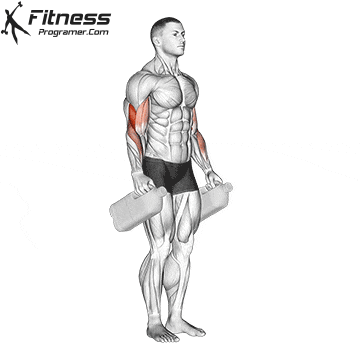
4- Progress gradually:
Avoid the temptation to lift heavy weights beyond your current capabilities. Gradually increase the intensity and weight as your strength and technique improve. This progressive approach allows your body to adapt and minimizes the risk of muscle and joint pain.
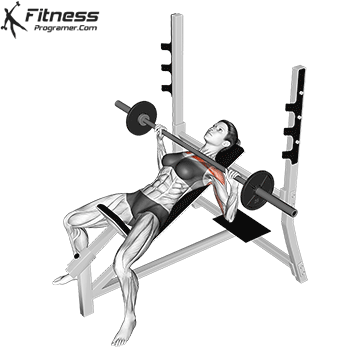
5- Balance your workouts:
Maintain a balanced exercise routine that targets different muscle groups. Overemphasis on certain muscles while neglecting others can lead to muscle imbalances and joint pain. Combine exercises that target opposing muscle groups to maintain stability and unilateral exercises to maintain balance.

6- Listen to your body:
Pay attention to any signs of discomfort or pain during your workouts. If something doesn’t feel right, don’t push through it. It’s important to rest, modify the exercise, or seek professional guidance if necessary. Ignoring pain can worsen the situation and lead to more severe injuries.
7- Prioritize rest and recovery:
Allow your body adequate time to rest and recover between workout sessions. This includes getting enough sleep, incorporating rest days into your routine, and using recovery techniques such as foam rolling, stretching, and light aerobic activities.
8- Stay hydrated:
Proper hydration is crucial for maintaining joint health and reducing muscle soreness (1). Drink enough water throughout the day, especially before, during, and after your workouts.
9- Consider supplementation:
Certain supplements like omega-3 fatty acids, glucosamine, and chondroitin have been associated with improved joint health (2). Consult with a healthcare professional to determine if supplementation is appropriate for your needs.
10- Get professional guidance:
If you’re experiencing persistent or severe muscle and joint pain, it’s advisable to consult a healthcare professional, such as a sports medicine specialist or physical therapist. They can assess your condition, provide personalized advice, and help you develop a safe and effective lifting program.
Muscle and joint pains that may occur during lifting
Body builders encounter various kinds of muscle and joint problems. Out of these some are more common than the others. Let’s look at the more common muscle and joint problems faced by them.
Muscle soreness
Muscle soreness, often referred to as delayed onset muscle soreness (DOMS), is a normal response to intense exercise. It typically occurs within 24 to 48 hours after a workout and is characterized by stiffness, tenderness, and a dull, achy sensation in the muscles.
To alleviate muscle soreness, consider incorporating the following strategies:
- Gradually increase the intensity and volume of your workouts.
- Engage in light aerobic exercise or low-intensity activities to promote blood flow and aid in muscle recovery.
- Practice gentle stretching or foam rolling to relieve muscle tension.
- Ensure proper nutrition and hydration to support muscle recovery.
Muscle strains
Muscle strains can happen when the muscle fibers are overstretched or torn. They can occur due to improper form, sudden movements, or excessive weight. Symptoms may include sharp or shooting pain, muscle weakness, swelling, and limited range of motion.
Joint pain
Joint pain can arise from lifting exercises that put stress on the joints, especially if performed with poor technique or excessive loads. Commonly affected joints include the shoulders, elbows, wrists, knees, and hips. Joint pain can be characterized by aching, stiffness, swelling, and difficulty with joint movement.
Tendonitis
The muscles of your body are connected to the bones by tendons, which are tough, yet flexible. Sometimes, if overused, the tendons can become inflamed. A lot of trainers ignore the pain experienced in tendonitis, believing that they can work through it. Doing so can cause far more serious and longer lasting problems.
Arthritis
Arthritis manifests itself in various forms and the one that afflicts body builders is osteoarthritis. Wear and tear of the joints can cause the cartilage to deteriorate. It can develop into a case of chronic osteoarthritis if ignored or left untreated. In severe cases there is such sharp pain that it can immobilize a bodybuilder.
Bursitis
Bursae are tiny sacks located in our joints that are full of fluid. The function of the bursae is to act as a cushion of the muscles and joints and protect them from friction. If these sacks become inflamed or injured, they can lead to chronic pain, also known as bursitis.
Other problems that bodybuilders can face are fascia injuries, ligament injuries, and sprains or muscle tears.
The R.I.C.E. Method
If, at any point of time, you experience muscle or joint pains, inflammation, or swelling, you should adopt the R.I.C.E. method. If used in time, it can speed up the healing process, and reduce the damage. R.I.C.E. stands for Rest, Ice, Compress, and Elevate.
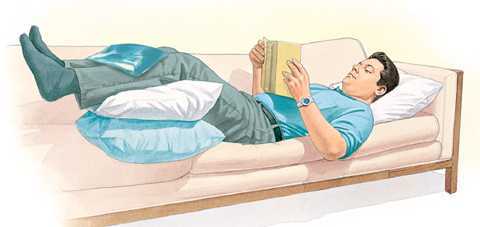
Rest – Do not continue over exerting your body if you feel any pain. The moment you are hurt, you should drop the weights and rest the affected area.
Ice – A simple looking ice pack on the injured area works wonders. Put some ice cubes in a towel and place it on the injured area for about 20 minutes. Repeat, three or four times a day.
Compress – Compress the injury by wrapping it up in a bandage that is not tight, but just snug.
Elevate – Place the limb at an elevation, by resting it on a pillow. This will help to reduce the swelling.
The Bottom Line
Remember, injury prevention and pain management should be a priority when engaging in any exercise routine. By implementing these strategies, you can minimize the risk of annoying muscle and joint pain when lifting and enjoy a safer and more rewarding workout experience.

